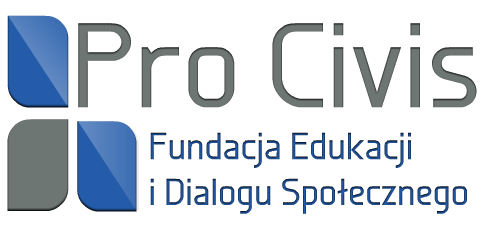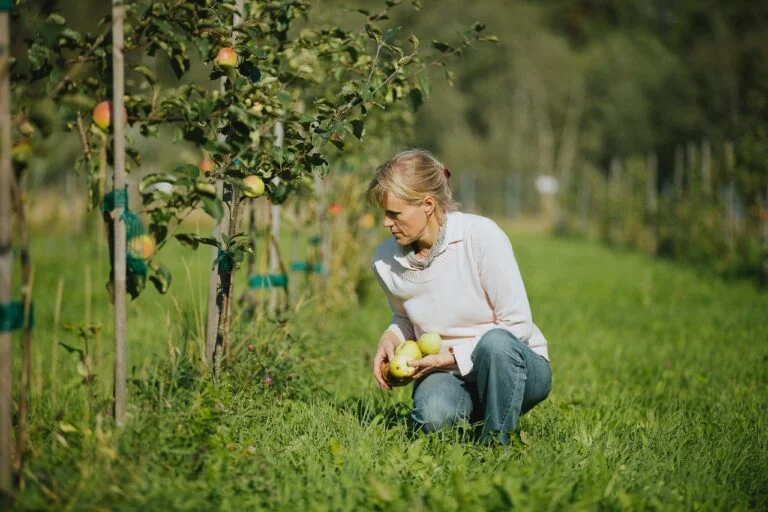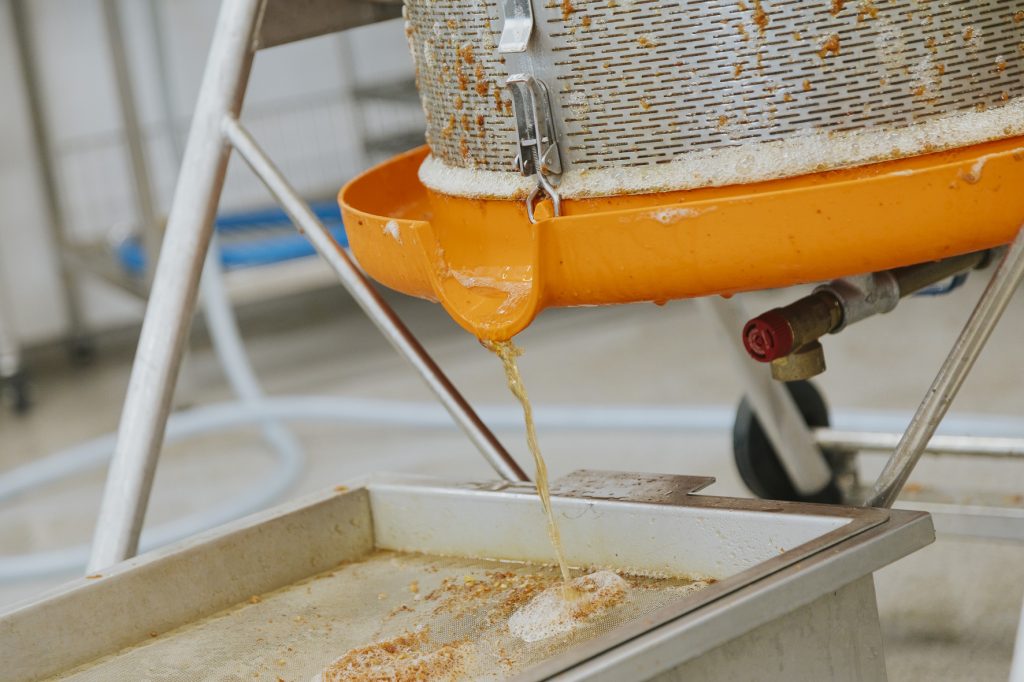
Welcome to mining the green gold from greenhouse biomass!
At Võiste Hackathon we invite you to offer solutions how to extract more value from greenhouse products and residual flows whilst producing in a cleaner way. We are open to exploring new business opportunities and research collaborations.
What is the challenge about?
Võiste Greenhouse is the largest tomato producer in Estonia, with about 7000 square metres of growing area. This rural horticulture company has been growing vegetables for the past 60 years, last 20 of which operating as a family business. Every year, from April to October, up to 50 tons per season of biomass consisting of roots, stems, leaves and non-standard tomatoes (5-7 tons per month) is produced and needs to be disposed of.
Today, this residual biomass is turned into compost at the company’s production compound, but in order to become more sustainable and speed up its circular transition, the company is looking for new technologies, solutions and partnerships to turn the residual biomass into valuable resources.
Making use of residual biomass from greenhouses is a challenge, but also provides opportunities to set up new value chains. A lot can be obtained from biomass: salts for fertilisers, organic matter or biostimulants for growing media, fibre for packaging and building materials, proteins for food and feed, aromas and dyes for the cosmetics industry and medicinal compounds for the pharmaceutical industry, to name just a few (read more). We want to explore the many ways of extracting value from horticultural residue.

Võiste Greenhouse
Read more about Võiste Greenhouse

Looking For
What is Võiste Greenhouse looking for?
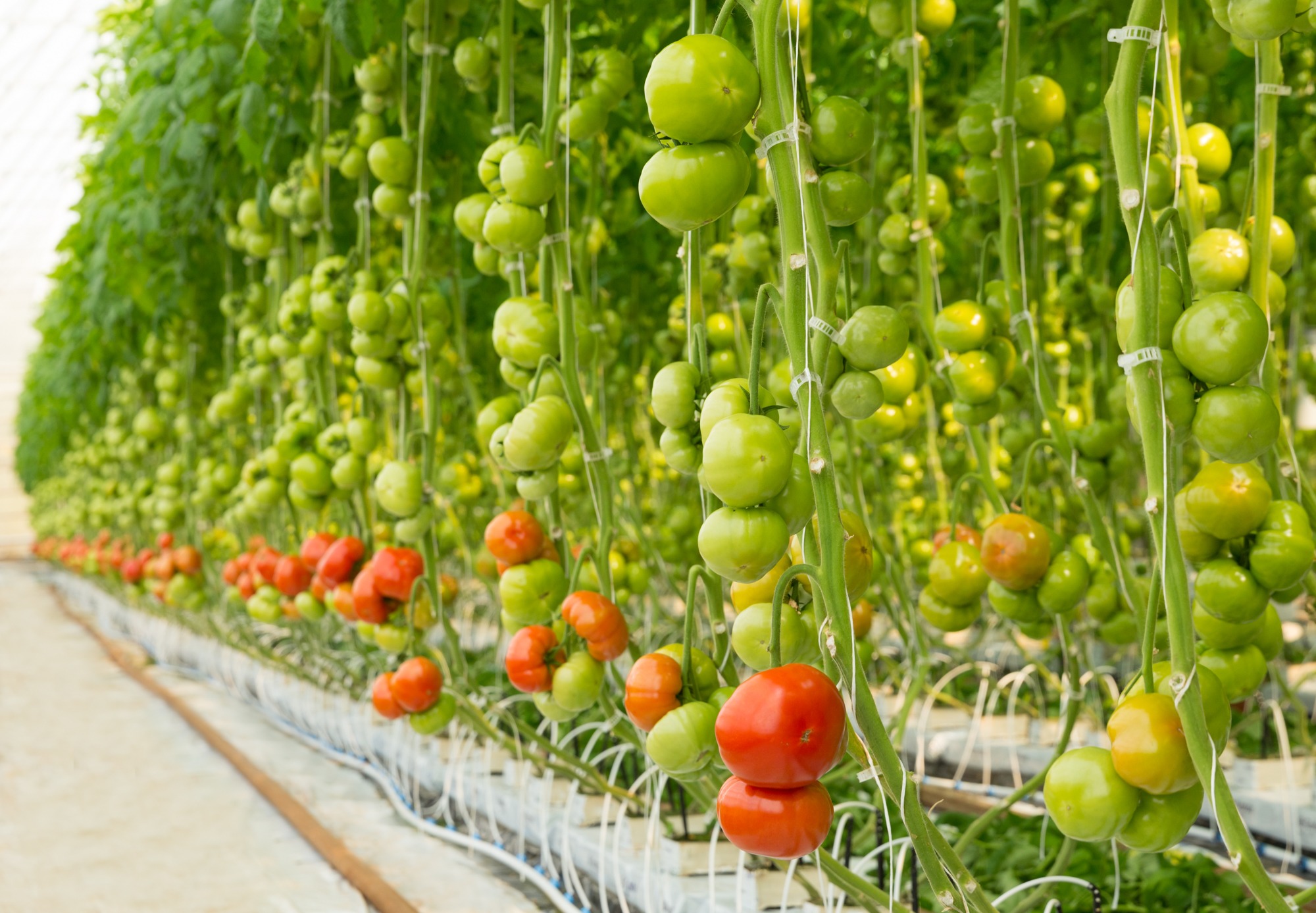
Selection criteria
Following aspects will be considered
Why should You participate in the Võiste Hackathon?
Depending on the level of development of the proposed ideas/solutions, participants in the Võiste Hackathon will have the chance for either business cooperation or the initiation of joint projects or pilots to test their presented concepts.
As a finalist, you will also get to:
- establish cooperation and network with other companies and specialists with interest in the same field
- establish international contacts and connections in the field of your interest
- test your ideas with feedback from a potential client and dis-cover how to match your idea/solution with the needs of the end-users
- develop the commercialization potential of your idea and dis-cover new business opportunities with expert mentors’ sup-port
- get international recognition and visibility for your teams’ know-how.
Timeline
The launch webinar was a great opportunity to get insight into what kind of green gold can be mined by extracting value from biomass. We learned more about the scope of the challenge and detailed schedule of the hackathon process. Practical tips about the applying process and participation in Võiste Hackathon were also covered.
PROGRAM:
- 11.00-11.10 Welcome - Toomas Toodu /moderator, Pärnu County Development Centre
- 11.10-11.40 Extracting Value from Biomass - Reelika Rätsep (Phd), Scientific Researcher at Estonian University of Life Sciences see video here;
- 11.40-12.00 Upcycling for a better plate? - Mariliis Mia Topp, Co-Founder @ Raw Edge see video here;
- 12.00-12.20 Presentation of the Challenge for Võiste Greenhouse - Mirko Metsaoru, Owner @ Võiste Greenhouse see video here;
- 12.20-12.30 The BioBoosters concept - Anna Aalto, Jyväskylä University of Applied Science see video here;
- Q&A
The application includes your preliminary idea proposal and a short description of the expertise in your team.
Organized as an online event, where participating teams will meet each other and representatives of Võiste Greenhouse to hear more about the challenge and expectations of Võiste Greenhouse. Teams will present their preliminary ideas and get feedback for further development.
- consultation of the idea/solution with all mentors (5 – 10 experts and practitioners)
- preparation of the final version of the presented idea/solution
- presentation of the idea/solution by teams/individual innovators.
Have a solution?
More information
Organizer
Võiste Hackathon will be organized by Pärnu County Development Centre in its Business Incubator (Ringi 35, Pärnu, Estonia). The program will start in the afternoon of 16/05 with mentoring for the participant teams and networking in the evening. On 17/05, there will be a pitching session with presentations on teams’ solution proposals to Võiste Greenhouse. After Jury deliberation, winner(s) are announced. If you are not able to travel onsite, online participation is also possible.
Svea Uusen, Pärnu County Development Centre, svea@parnumaa.ee, +372 5051 797
Mirko Metsaoru, Võiste Greenhouse, mirko.metsaoru@gmail.com, +372 5344 3610
Pärnu County Development Centre steers the development of Pärnu County, develops entrepreneurship, youth entrepreneurship and entrepreneurial educa-tion, and civic engagement. We are part of the nationwide network of county development centres all over Estonia. The regional Innovation Hub, which con-nects the various business development and educational competencies of Pärnu County and is implemented based on the triple helix innovation model, is a fu-ture-oriented development accelerator for the whole region of Western Estonia, with focus on facilitating green transition and sustainable development, including circular bioeconomy and renewable energy. We are based in Pärnu, Estonia, but connected worldwide.

In collaboration with:
JAMK, Jyväskylä University of Applied Science has long experience in organizing hackathons. BioBoosters by JAMK is a Bioeconomy Business Accelerator that aims to create new businesses and globally significant solutions to combat climate change in the international bioeconomy environment. BioBoosters by JAMK’s key tasks are to develop business within bioeconomy and create sustainable business based on new innovations, utilizing new technologies and digitalization, developing abilities and know-how, and building business networks and ecosystems.
Bioboosters project network supports Võiste Hackathon via communication and marketing cooperation. The network features 9 prominent bioeconomy innovation hubs around the Baltic Sea – from Finland, Sweden, Germany, Estonia, Latvia, Lithuania, and Poland. The BioBoosters project will organize a total of 18 Hackathons to support the sustainability mission of the bioeconomy companies. The project is co-funded via the Interreg BSR program and the European Regional Development Fund.
Võiste Hackathon is implemented and supported as part of the project “BioBoosters – boosting the circular transition“. The aim of this international project is to increase the level of innovation of entrepreneurs in the field of bioeconomy and circular economy.
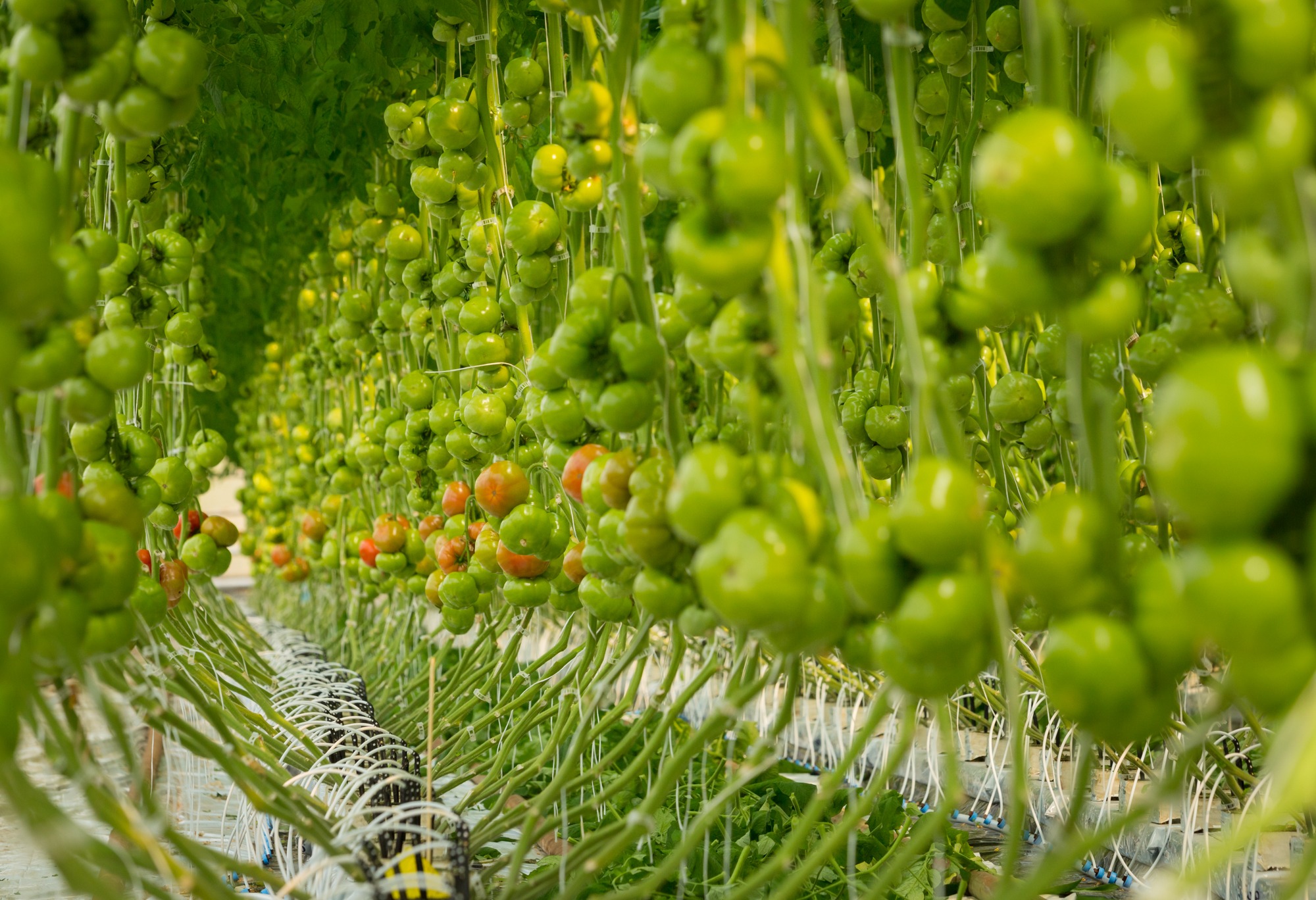
#bioeconomy #circulareconomy #innovations



